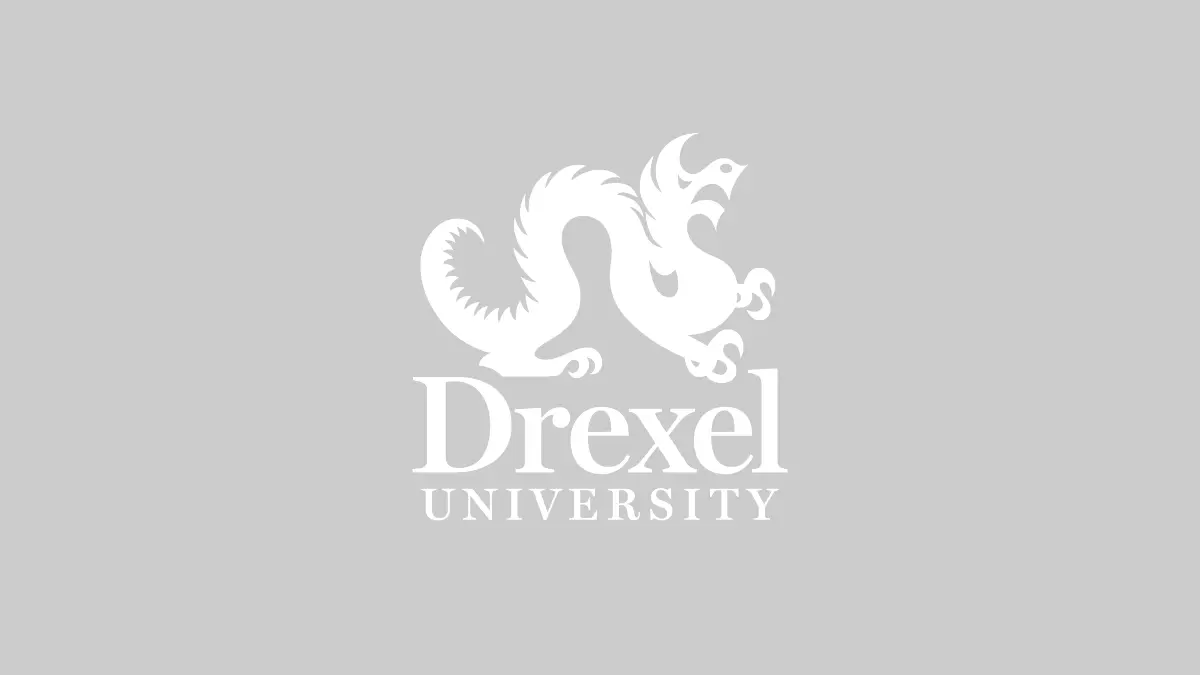Staving Off the Side Effects of the Steve Jobs Syndrome
(This story was originally published in January 2010, and was updated to reflect Monday's news that Jobs was taking a leave of absence.)
Steve Jobs's announcement on Monday to take his second leave of absence in as many years from Apple (NASDAQ:AAPL) underscores the need for companies whose fortunes are closely tied to their leaders to lay the groundwork for unexpected departures.
Apple isn't alone, as major companies like banking giant JPMorgan Chase (JPM: 44.54, -0.92, -2.03%) and auto maker Ford (F: 15.78, -0.02, -0.09%) are said to "suffer" from what is called the Steve Jobs Syndrome. Because a portion of these companies' market values reflect the perceived value of the CEO, the importance of contingency planning can't be overstated.
“It is frightening to think when companies are CEO-dependent how much that value could shift by a change in the CEO,” said Ralph Walkling, executive director at Drexel University’s LeBow Center for Corporate Governance.
Of course, it’s not inherently a bad thing for a company to be in this category, especially if it is successful. From Warren Buffett’s Berkshire Hathaway to Amazon’s (AMZN) Jeff Bezos, there are countless companies that have benefited from being led by a superstar CEO.
Nowhere is that more the case than Apple, where Jobs embodies the image of the company as a creative, ahead-of-the-curve technology juggernaut. Apple shareholders awoke on Monday to headlines that Jobs is going to take a medical CEO, handing the reins of the company to his trusted No. 2, Tim Cook.
They already know Apple can perform with Cook at the helm as he took control of day-to-day operations in April 2009 when Jobs left to receive a liver transplant. Powered by the popularity of its iPad and iPhone devices, Apple's stock price surged anyway, leaping from about $100 when Jobs left to an all-time high of just under $350 last week.
Still, companies that are defined by their CEOs rather than the other way around do put themselves at risk. It can call into question “whether the company can sustain itself without that cheerleader at the top,” said Mayo.
Grooming a #2
There is a straightforward solution that many companies take to avoid falling into that trap: prepare for the CEO’s departure.
It’s crucial to “set in place a strong succession plan for leadership within the company. The best companies tend to promote from within,” said Sanford Ehrlich, the director of the Entrepreneurial Management Center at San Diego State University. “There are companies that fall off the cliff when the founder leaves. Those are companies where leadership is poorly prepared for succession.”
Senior management and the board of directors often work together to identify potential successors and to create a plan. However, the onus is ultimately on the board of directors, which is tasked with hiring and firing the CEO, to ensure a contingency plan is in place.
Coca-Cola (KO: 62.45, -0.10, -0.16%), one of the world's best-known companies, suffered an embarrassing six-year period where poor planning led to a slew of new CEOs. The beverage giant was caught off guard when Douglas Draft resigned as CEO in 2000 and the company had little to no succession plan in place. While Coca-Cola managed to rebound from this period, its reputation clearly took a hit.
Harvard’s Mayo said it goes beyond simply formulating succession plans. He said an heir apparent must be put in a situation where he or she can take ownership for ideas in order to prove they are ready for the next step. For that to happen, the CEO must be willing to share the spotlight.
It can also be tough for founding CEOs to know when it’s time to retire and not return. For example, Starbucks (SBUX: 32.56, +0.20, +0.62%) founder Howard Schultz was criticized by some for returning to the coffee shop operator in 2008 after eight years away from the company. On the other hand, Jobs came back to rescue Apple in 1997 and it’s tough to argue with his success.
The Steve Jobs Syndrome isn’t limited to technology companies, as Ford CEO Alan Mulally and JPMorgan CEO Jamie Dimon are seen as crucial to those companies’ ability to avoid the fate of their competitors last year. But companies in creative fields do seem somewhat more susceptible to being very closely associated with their leaders.
“Even if they don’t supply the creativity, their departure would certainly necessitate a public-relations campaign,” said Walkling.
Microsoft (MSFT: 27.74, +0.10, +0.34%) founder Bill Gates was able to groom potential CEOs during the 1990s, paving the way for current CEO Steve Ballmer. Gates put Ballmer in charge of a number of the software giant’s divisions and eventually appointed him as president before he took the top job in 2000.
It seems Dimon is aware of the downsides to the Steve Jobs Syndrome as the JPMorgan CEO, who has been called “Wall Street’s sole remaining hero” and the “government’s banker of choice,” has begun succession planning. In 2009 he put Jes Staley in charge of its investment bank, leaving him at the top of the list of potential successors.
Former JPMorgan exec Bill Winters once predicted the bank’s stock would lose a fifth of its value if Dimon were to leave. Perhaps Dimon took what Winters said to heart.
Or perhaps Dimon understands that he serves as a reminder of how succession planning can go wrong. Sandy Weill, the face of Citigroup (C: 4.80, -0.02, -0.31%) and architect of its plans to greatly expand during the 1990s, tapped Charles “Chuck” Prince as his heir apparent instead of Dimon. While Dimon went on to lead Bank One and eventually JPMorgan, Prince resigned from Citi in 2007 as it became clear he failed to steer the bank clear of the imploding mortgage markets.

